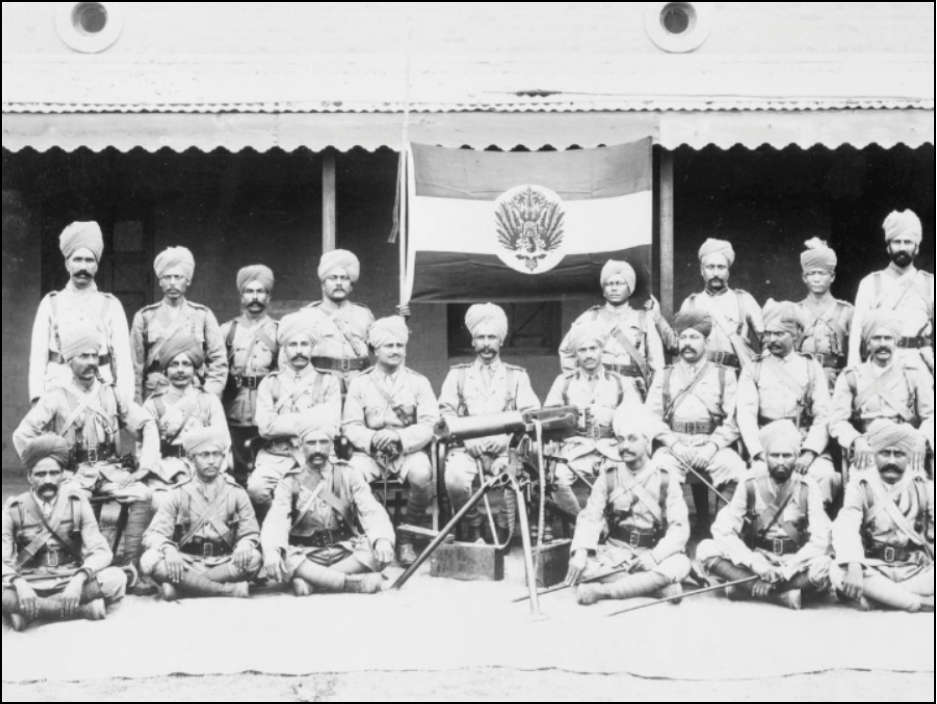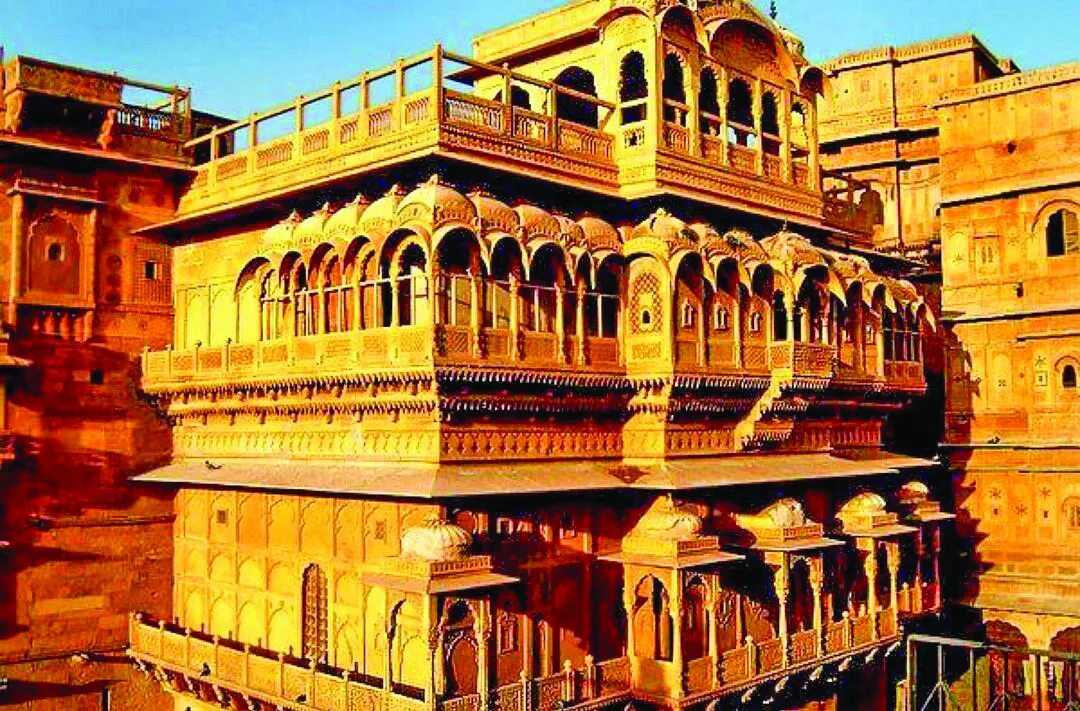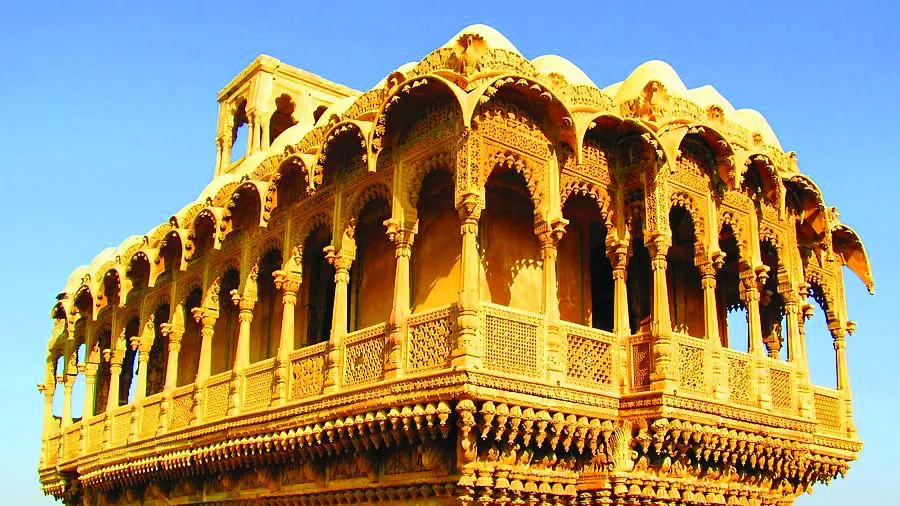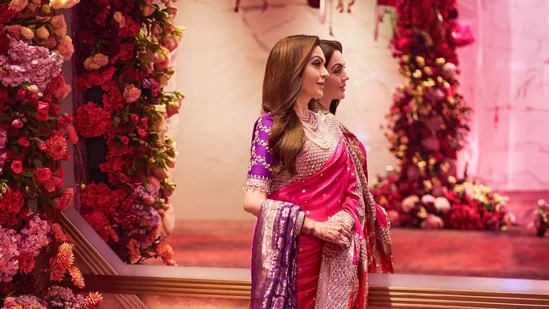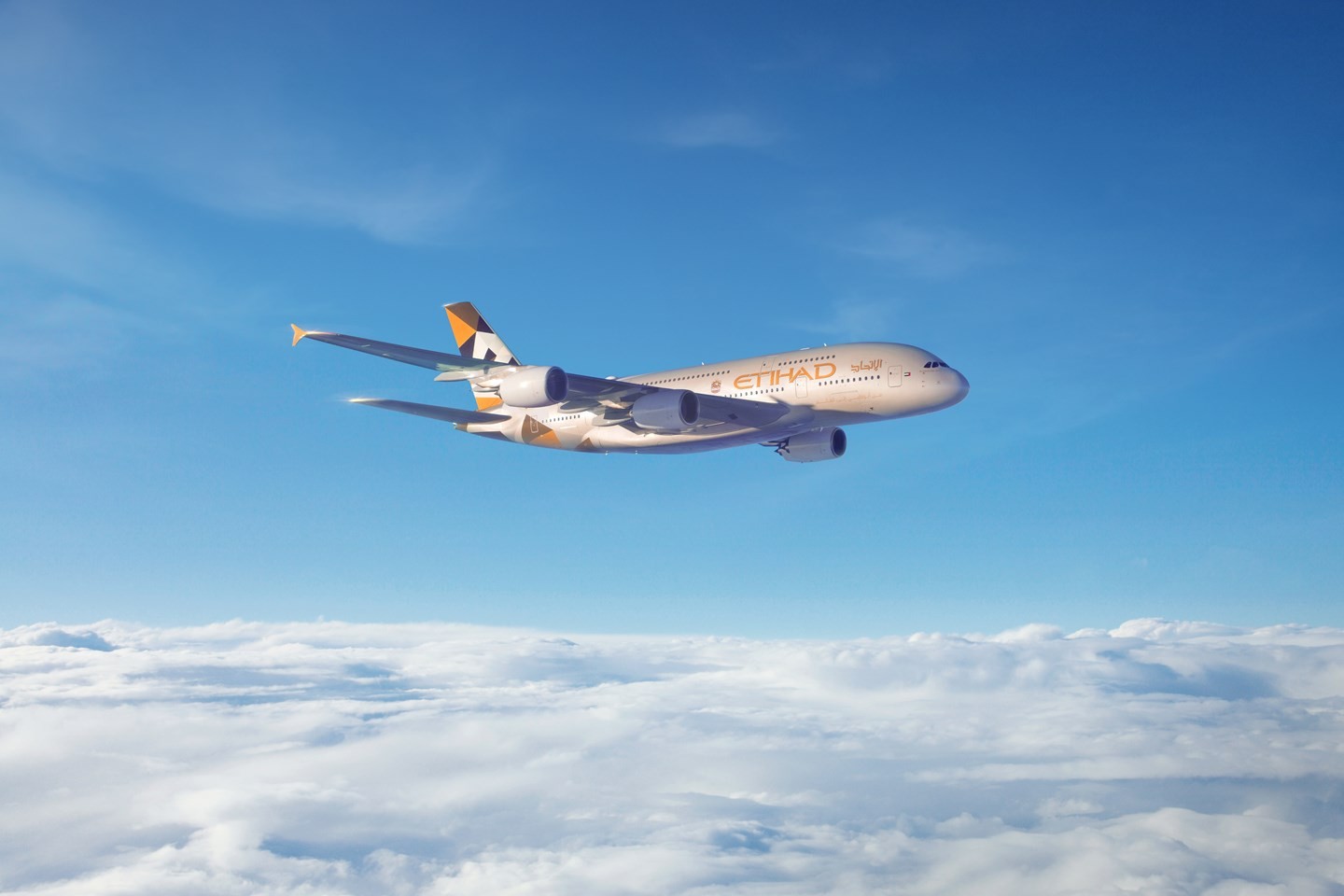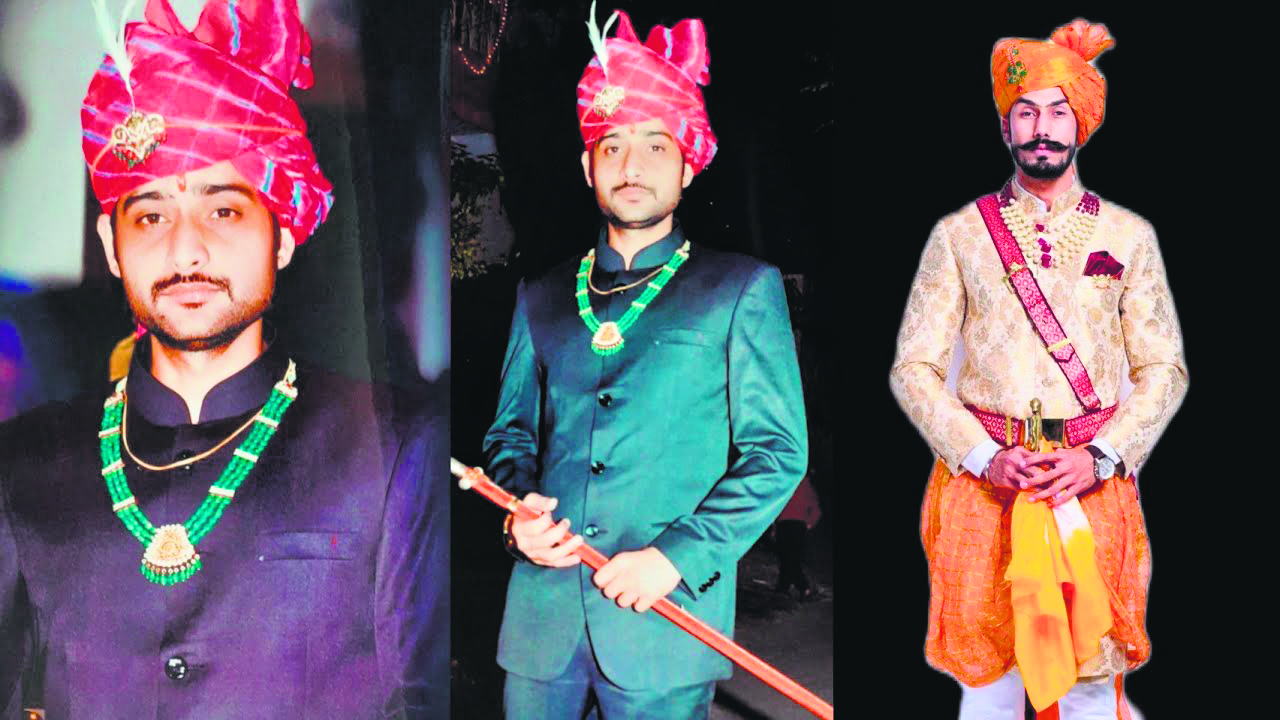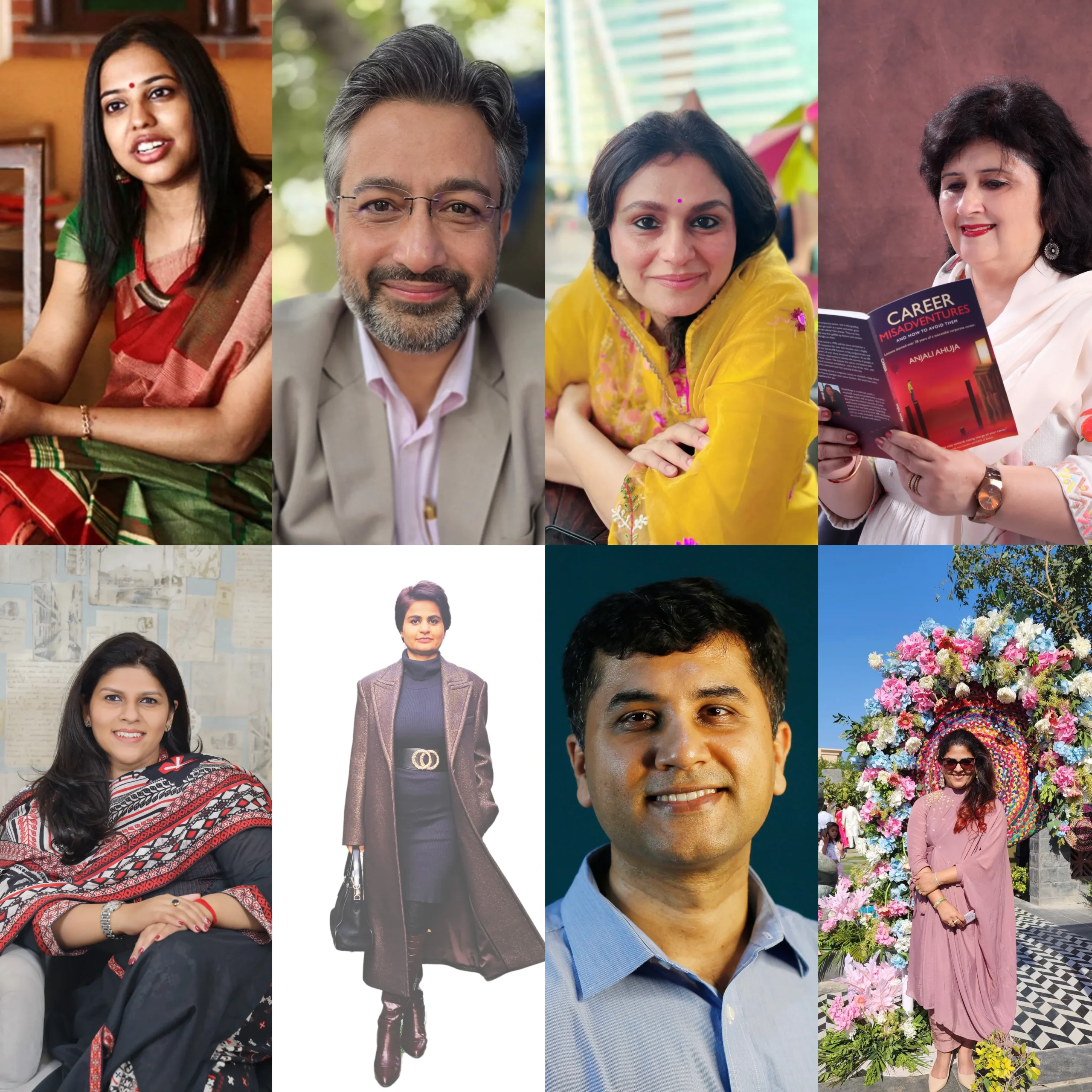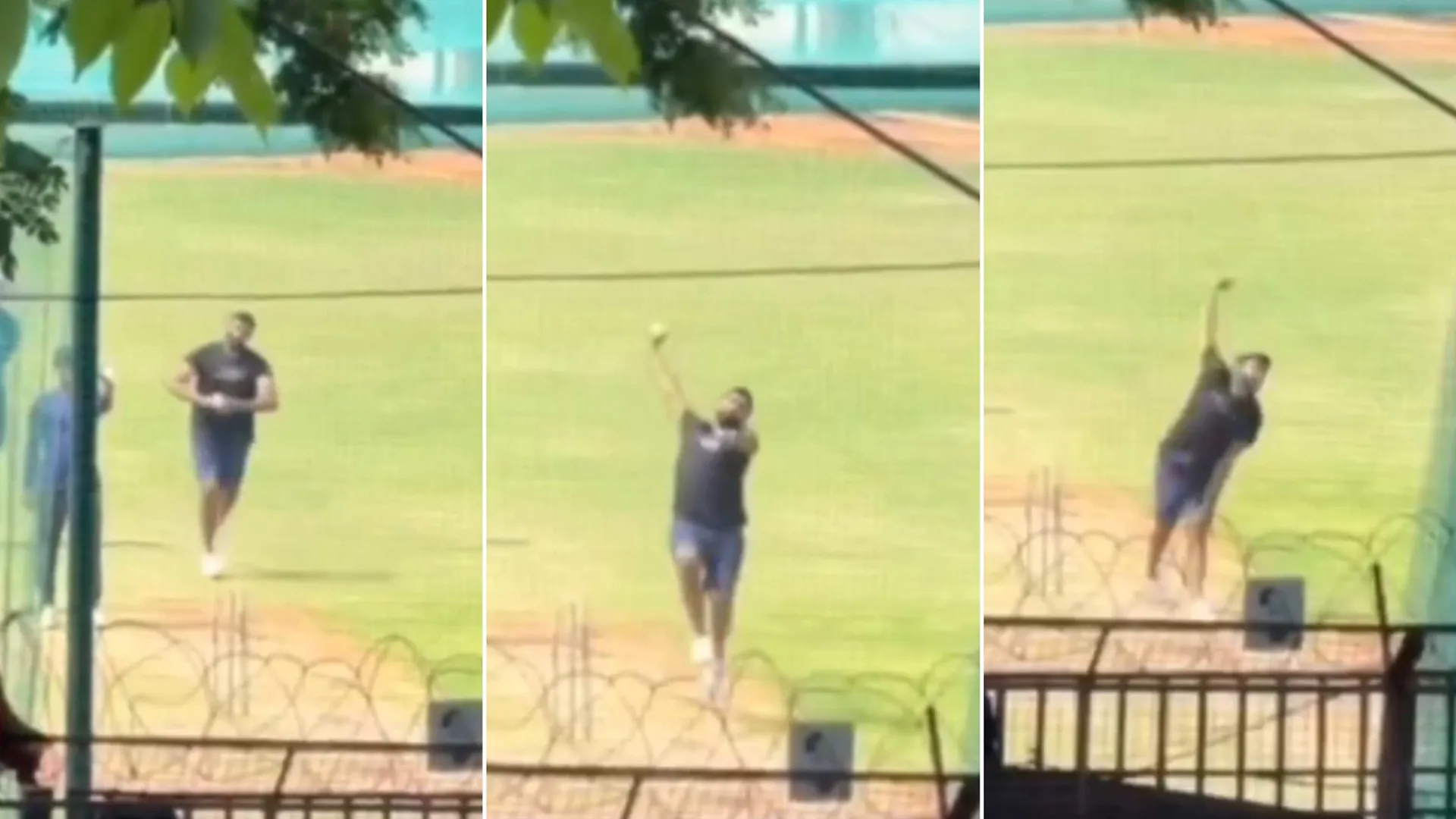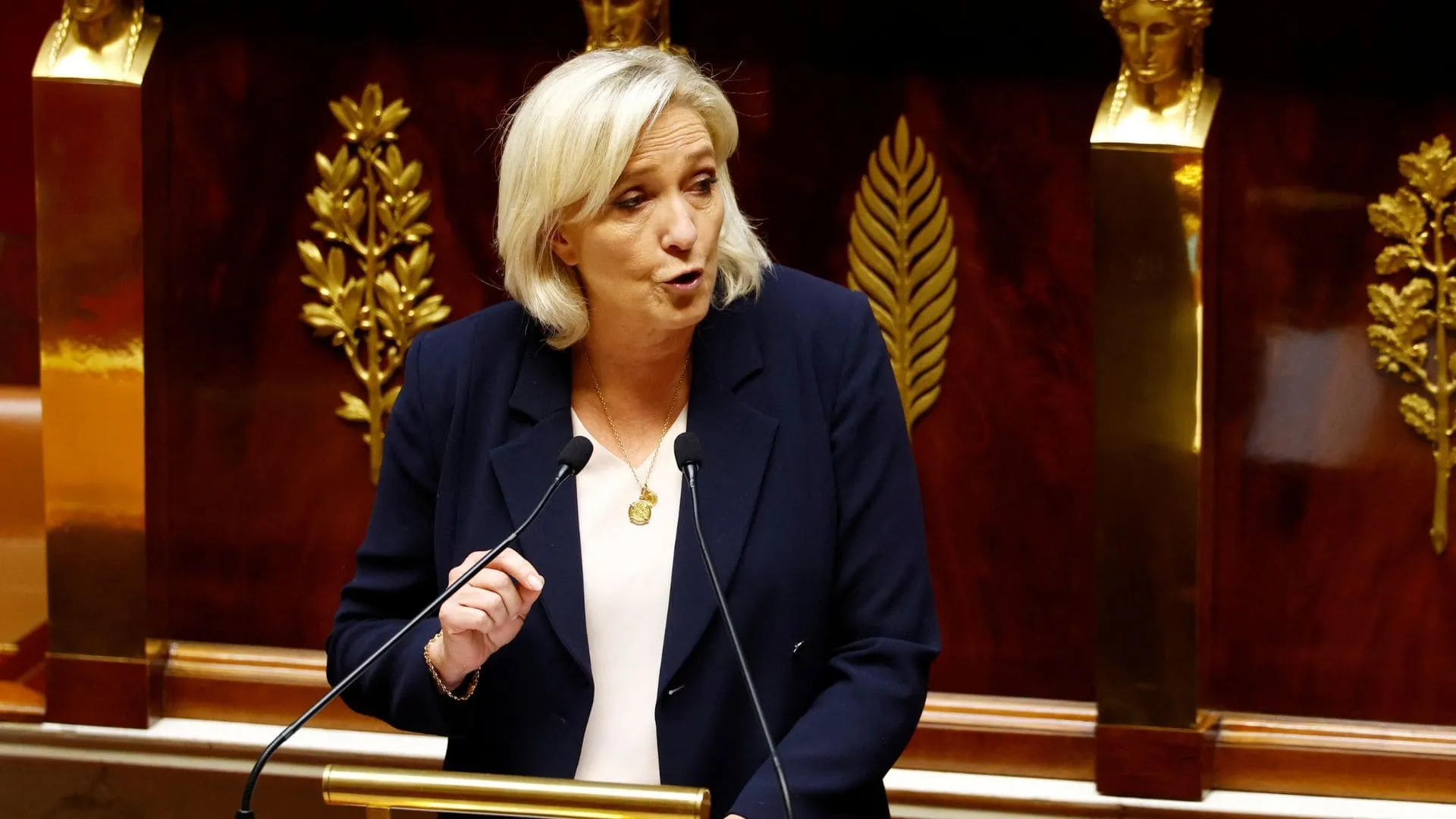Witnessing a rather shrunken Republic Day parade in this year, it was heartening to hear the commentator acknowledge the fact that the Jammu & Kashmir Rifles, an infantry Regiment of the Indian army, was originally the state force of Jammu & Kashmir, founded by Raja Gulab Singh in 1821 and gallantly handed over to the Indian dominion post-Independence.
 The J& K State Forces during world war 1
The J& K State Forces during world war 1 Indian lancers in Haifa 1918
Indian lancers in Haifa 1918
Legend has it that the regiment, under the leadership of General Zorawar, led daredevil campaigns in northern areas like Ladakh, Baltistan, Gilgit, Hunza and Yagistan, consolidating smaller principalities and making the northern areas a part of the expanding dominions of Gulab Singh. Its contribution to saving Kashmir in the India-Pakistan war of 1947 was immense. It was their heroic stand that gained time for the entry of the Indian Army and thus saved the Valley.
The Rajas and Maharajas of India were known to own, develop and nurture large forces that they gallantly lent to the state imperial forces during the two World Wars. On the eve of World War I in 1914, twenty-nine Indian states provided over 22,479 soldiers to the British Imperial Service Troops. During World War I, 18,000 Imperial Service soldiers saw service in Mesopotamia, Egypt, Palestine and East Africa, including the Jammu & Kashmir State Forces.
During World War II as well, the Indian princely states provided 250,000 men for service with the Indian states forces. In fact, ISF battalions were part of the garrison of Singapore when it fell to the Japanese in February 1942.
Following 1947, sixty-nine former Indian state force units were transferred into the Indian Army. Most interesting being the amalgamation of six cavalry regiments of the Indian state forces that came together as the 61st Cavalry Regiment, the only horse mounted non-ceremonial unit in the Indian Army.
Currently, employed on ceremonial occasions, the cavalry, based in Jaipur, can be seen in all its pomp and glory on the Republic Day each year.
Interestingly, the cavalry is formed from the merging of five cavalry regiments of the Maharajas. The Gwalior Lancers, the Jodhpur/Kachhawa Horse, the Mysore Lancers, 2nd Patiala Lancers, and Saurashtra Horsed Cavalry Squadron.
It was under the leadership of Major General Sam Maneckshaw that the regiment was saved from getting mechanised and kept in its original glory. He moved it to Rashtrapati Bhavan as a guard to the President of India. The mounted cavalry presented its first guard of honour to Sheikh Mujibur Rahman on his release from a Pakistani prison in January 1972. Since then the cavalry has witnessed many ceremonious settings and continues to instill a sense of pride in every Indian.

